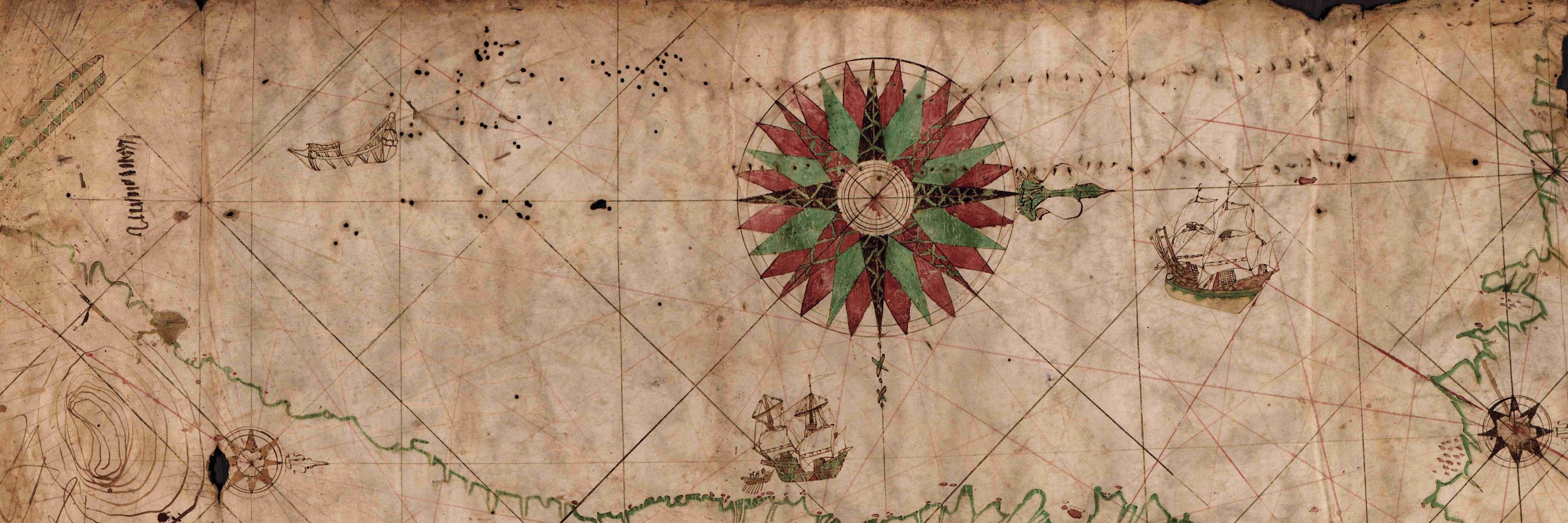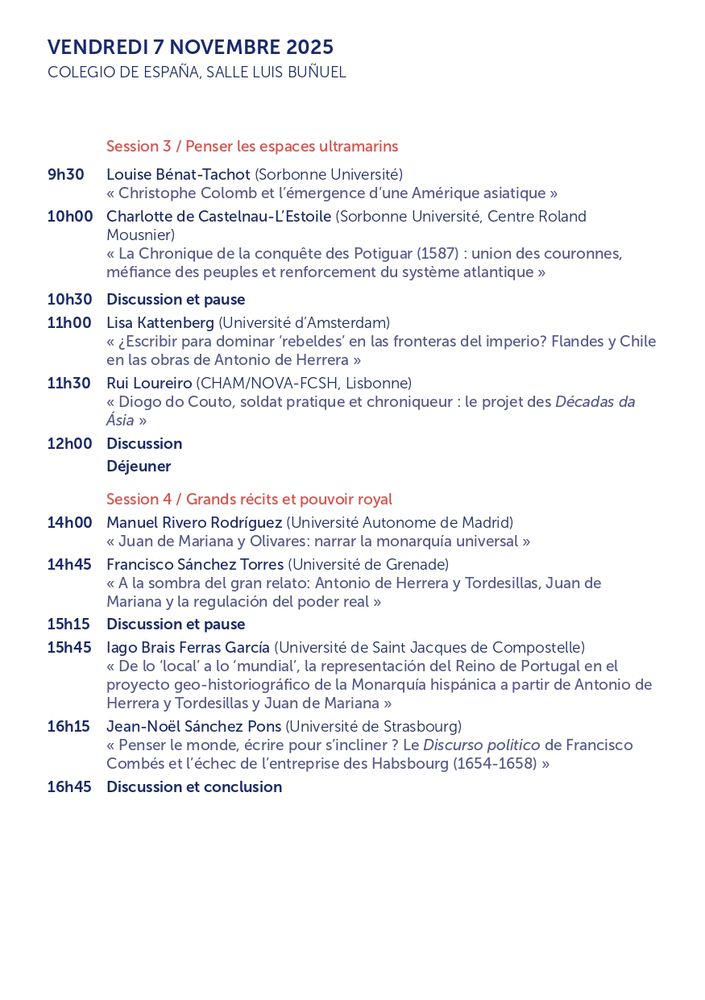
GEOPAM
@geopam.bsky.social
58 followers
110 following
46 posts
The international research network GEOPAM studies the spatial constructions of the Americas from modern times to the present 🌎
www.geopam.org / www.canoageopam.org
Posts
Media
Videos
Starter Packs
GEOPAM
@geopam.bsky.social
· Sep 22

Mapping South American Promises: Potosí, Brazil, and European Visions
“Nomen est omen”. A name is a prophecy, a destiny, or even a promise. Why was South America once referred to as Peru, “Peruana”, or “América Peruana”? What role did the Potosí Mountain play in shaping...
books.google.com.br
GEOPAM
@geopam.bsky.social
· Sep 10
GEOPAM
@geopam.bsky.social
· Aug 15

IMÁGENES PARA CONCEBIR OTROS MUNDOS: LA LLAMA EN EL UNIVERSO ANDINO
Kaytlin Ramírez OpazoCentro de Estudios Americanos UAI, Chile | GEOPAMNinguna cosa tiene el Perú de mayor riqueza y ventaja, que es el ganado de la tierra, que los nuestros llaman carneros de las Indi...
https://www.canoageopam.org/post/imágenes-para-concebir-otros-mundos-la-llama-en-el-universo-andino

























